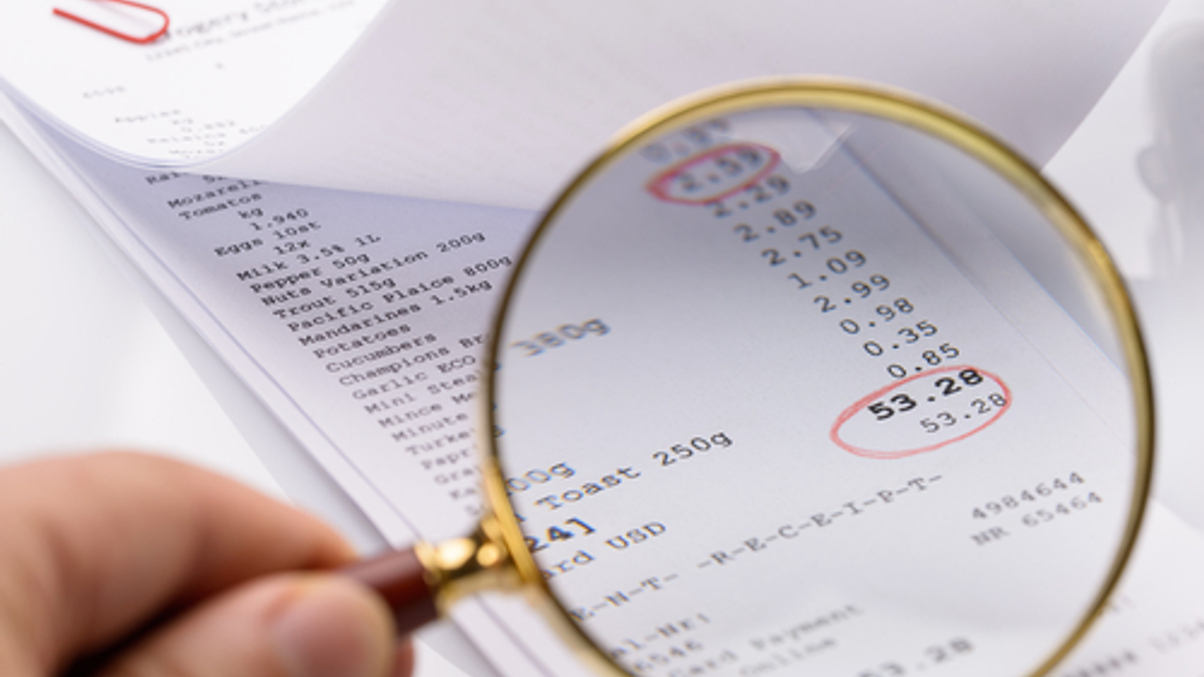UK coal pension cost study offers investment lessons
What asset owners pay out matters more than ever in a low-return environment. But calculating that isn't easy, as Coal Pension Trustees' CIO has found from a major project.

Investment costs are increasingly coming under the spotlight as it becomes ever harder for asset owners to squeeze out decent returns from their portfolios.
Sign in to read on!
Registered users get 2 free articles in 30 days.
Subscribers have full unlimited access to AsianInvestor
Not signed up? New users get 2 free articles per month, plus a 7-day unlimited free trial.
¬ Haymarket Media Limited. All rights reserved.


